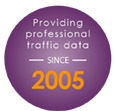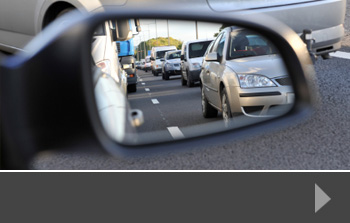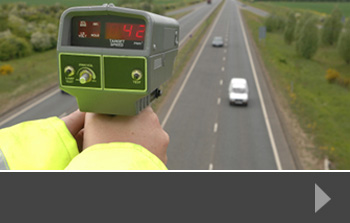Updated Highway Code influenced by road users
Our road networks are changing: the introduction of more miles of smart motorway, the use of variable speed limits and increased use of high speed roads all warrant clear guidance for road users in the Highway Code.
Highways England recently announced an update to the Highway Code, working in partnership with the Driver and Vehicle Standards Agency (DVSA). In considering the updates, both agencies opened a consultation process where both road users and interested organisations could contribute their thoughts. More than 3,000 people and organisations took part, and the consequent amendments will form part of an amended Highway Code which will be published later in 2021.
According to Highways England, the new guidance will include:
- clearer advice on where to stop in an emergency
- the importance of not driving in a lane closed by a Red X
- the use of variable speed limits to manage congestion
- updated guidance on key factors that contribute to safety-related incidents, including driving while tired, unroadworthy vehicles, safe towing, tailgating and driving in roadworks
Some of these issues have been raised by users of smart motorways, which have seen several fatal accidents in hard shoulder lanes being used for live traffic, so campaigners are likely to welcome updated guidance for how to use smart motorways safely.
Road improvement schemes
Highways England is also currently managing a number of important road improvement schemes. These schemes are designed to reduce congestion, increase capacity on key routes and improve general road construction. The agency expects the improvements to have a positive effect on journey times for freight, business and pleasure driving, whilst keeping drivers safe and having a minimal impact on local communities.
At the same time, many local authorities are continuing with local road improvement schemes and with other upgrades to facilities for road users, including networks of electric charging points and additional lanes for cyclists. This is especially true in busy towns and cities – many of which have already or are planning to introduce congestion charges – where people are being encouraged to travel more often by bicycle.
All these types of road improvements, including any changes to roads because of retail, commercial or domestic developments, need good quality data to help with planning. From traffic surveys to pedestrian surveys, parking data to journey times, Road Data Services can help local developers and planners to make the best, informed decisions on their projects, resulting in safer roads and reduced congestion. To find out more, contact us today.















